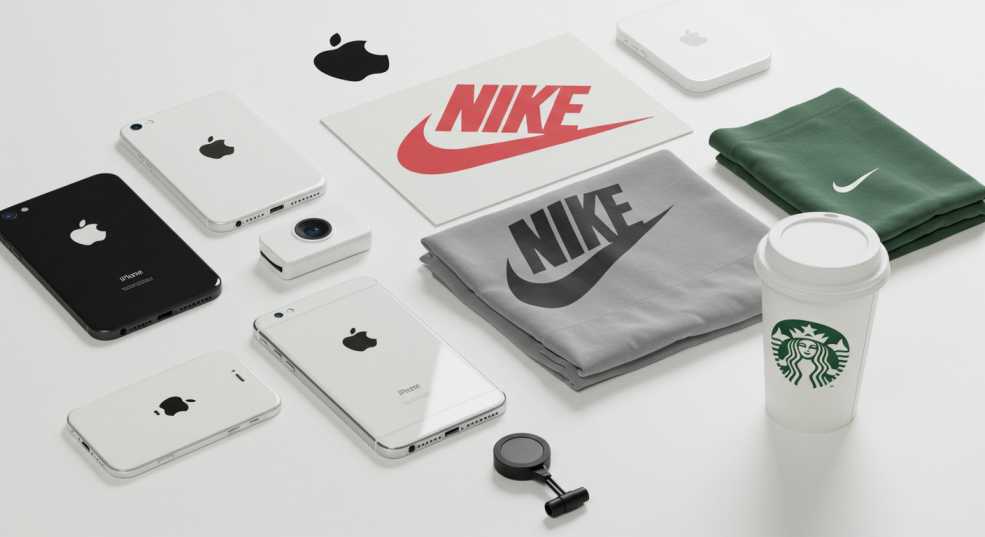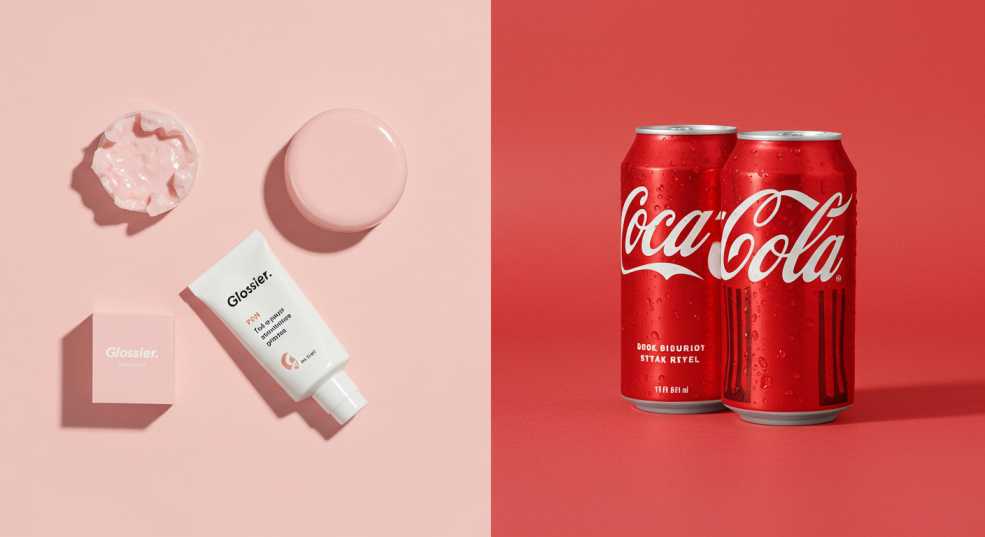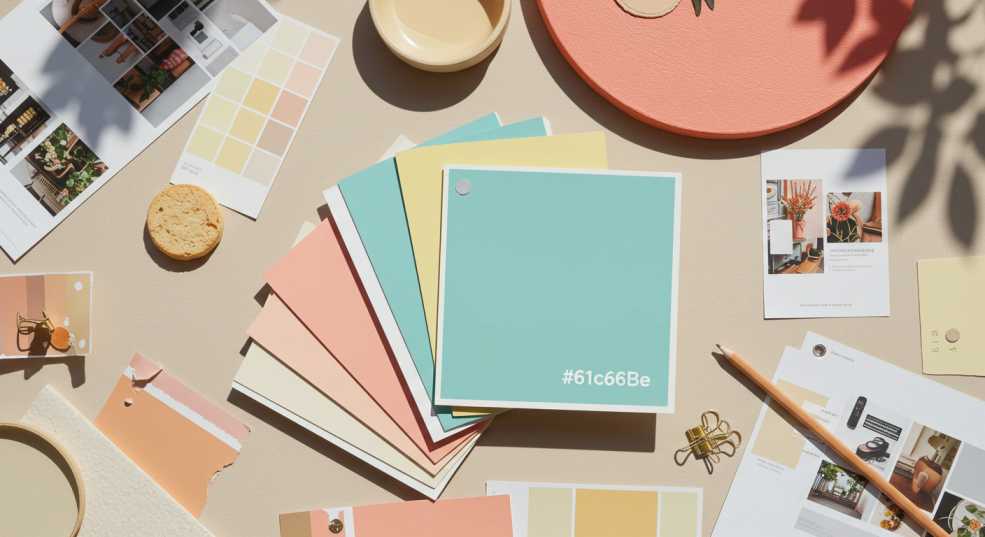Have you ever felt like you are drowning in a sea of ads, all promising the same thing? It’s hard to tell one brand from another these days. But, there’s that one brand you recognize when you see it. It could be their colours, their vibe, or their logo. That’s the power of a signature aesthetic. In today’s world, a memorable brand identity makes you stand out from the crowd.
Think of the most iconic brands: Apple, Nike, Starbucks. What do they have in common? A distinctive visual identity that’s recognizable across all platforms. This could be on their websites, social media platforms, or packaging. This level of consistency builds trust, strengthens brand recall, and drives customer loyalty.

So, why does every brand need a signature aesthetic, and how can you develop one that speaks to your audience? In this guide, we’ll break it down step by step.
The Power of a Signature Aesthetic
A brand’s aesthetic goes beyond a logo or colour scheme. It is a combination of visual elements that create a strong and memorable identity. Here’s why having a signature aesthetic is essential for any brand:
1. Creates Instant Recognition
Imagine scrolling through Instagram or YouTube. You likely recognize certain brands before even seeing their name. This could be because of a particular colour palette, font, or photography style. That’s the power of a consistent aesthetic. For example, Glossier has mastered the art of soft pink hues and a minimalistic design. The same applies to Coca-Cola which uses bold red and white branding across all platforms. When your audience sees a post that reminds them of your brand, you have built a strong visual identity.

2. Builds Trust and Credibility
An inconsistent aesthetic can make your brand appear unprofessional or unreliable. But, visual consistency builds credibility. People are more likely to trust brands that are consistent with their branding. Your website and product design signals stability and reliability if they are cohesive. This makes customers feel more comfortable engaging with your business.
3. Strengthens Emotional Connection
Your brand aesthetic influences how people feel about your business. The right colour palette, typography, and imagery evoke specific emotions.
- Luxury brands like Chanel use sleek, black, and gold designs to exude sophistication.
- Wellness brands like Lush use natural textures to convey an organic, calming feel.
- Tech brands like Apple use clean, modern visuals to project innovation and simplicity.
Understanding the psychology behind designs enhances connection with your audience. They are more likely to engage with your brand.
4. Makes Content Creation Easier
When you have a defined brand aesthetic, creating content becomes effortless. This is because you have a set framework for visuals, colours, fonts, and styles to follow. This is particularly helpful for social media, where brands need to post. A consistent aesthetic ensures your feed looks professional and helps you stand out in a crowded digital space.

5. Sets You Apart from Competitors
In a world where trends come and go, a well-defined brand aesthetic makes you memorable. Without it, your brand risks blending into the noise.
Let’s take skincare brands as an example:
- The Ordinary makes use of minimalist packaging and clean fonts.
- Drunk Elephant stands out with bold, colourful packaging and playful branding.
Both sell skincare products, but their distinct aesthetics cater to different audiences. This is how brands create unique brand identities.
How to Find Your Brand’s Signature Aesthetic
Now you understand why a signature aesthetic is essential, how can you create one? Here’s a step-by-step guide:
1. Define Your Brand Identity
Before you focus on visuals, you need to understand who your brand is and what it represents. Ask yourself:
- What are my brand values? (Luxury, sustainability, innovation, minimalism?)
- Who is my target audience? (Young creatives, corporate professionals, Gen Z, eco-conscious consumers?)
- What emotions do I want my brand to evoke? (Trust, excitement, calmness, exclusivity?)
For example, if you’re a high-end fashion brand, your aesthetic should feel premium and elegant. If you’re a playful, youthful beauty brand, bright colours, and fun typography may be a better fit.
2. Choose a Colour Palette
Colours are one of the strongest visual identifiers of a brand. Psychology plays a huge role in how colours influence perception:
- Blue – Trust, reliability (used by brands like Facebook, Twitter, and PayPal)
- Red – Boldness, excitement (Coca-Cola, YouTube, Netflix)
- Green – Nature, sustainability (Whole Foods, Tropicana, Starbucks)
- Black & White – Luxury, minimalism (Chanel, Apple, Nike)
Your brand’s colour palette should be consistent across social media and other media.

3. Select the Right Typography
Fonts also contribute to your brand personality. A tech company might use sleek and modern sans-serif fonts. A vintage-inspired brand might opt for classic and decorative fonts.
Some common font styles and their effects:
- Sans-serif (Helvetica, Montserrat) – Modern, clean, approachable
- Serif (Times New Roman, Playfair Display) – Classic, elegant, trustworthy
- Script (Dancing Script, Pacifico) – Playful, creative, feminine
4. Develop a Consistent Imagery Style
Photography and graphics should align with your brand’s personality. Consider:
- Do you want bright, high-contrast images or soft, muted tones?
- Are your visuals bold and graphic-heavy or clean and minimal?
- Will you use real-life photography or illustrations?
A great example is Airbnb, which uses warm photography to create a relatable feel. Meanwhile, brands like Apple focus on high-end product shots for a premium look.
5. Design a Logo That Represents You
Your logo should embody your brand’s essence. Some logos are icon-based while others are typography-based. Regardless of style, ensure your logo looks good on different media. It should also be adaptable, i.e., work in black and white or colour.
6. Apply Your Aesthetic Across All Platforms
Once you define your brand’s visual identity, it’s time to apply it across all touchpoints:
- Website – Ensure colours, fonts, and design elements align with your aesthetic.
- Social Media – Use consistent filters, templates, and colour themes for posts.
- Marketing Materials – Brochures, ads, and emails should reflect the same branding.
- Product Packaging – A cohesive design makes your brand immediately recognizable on shelves.
Conclusions
A signature brand aesthetic is more than designs that look good. It is about creating a recognizable identity that builds trust and sets you apart from others. By defining your brand’s personality, and choosing the right colours, fonts, and imagery, you can create an aesthetic that feels uniquely yours, one that people instantly associate with your brand. In an era where visual branding is more important than ever, having a signature aesthetic is no longer optional. It’s a necessity for standing out, building credibility, and ensuring long-term success.






